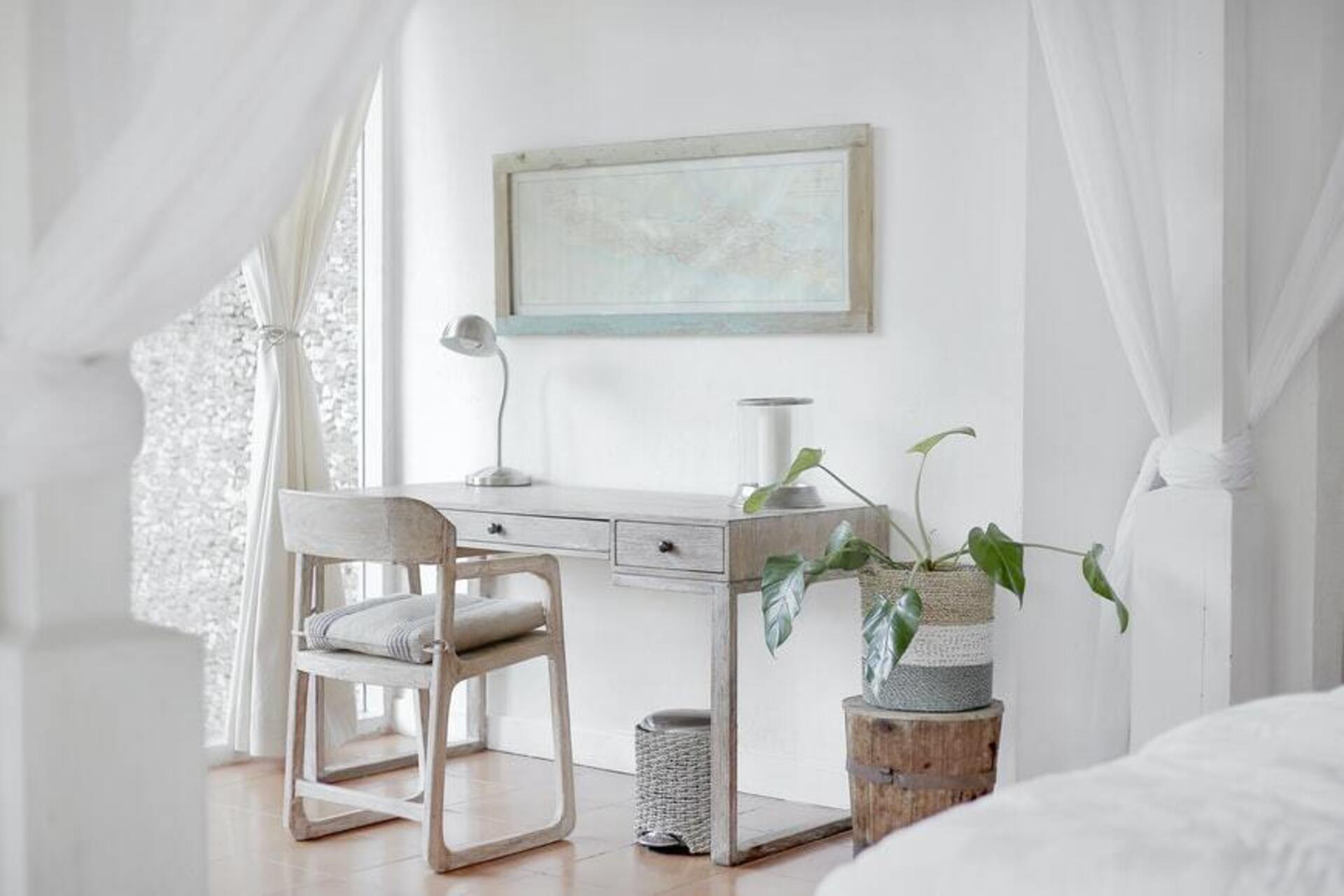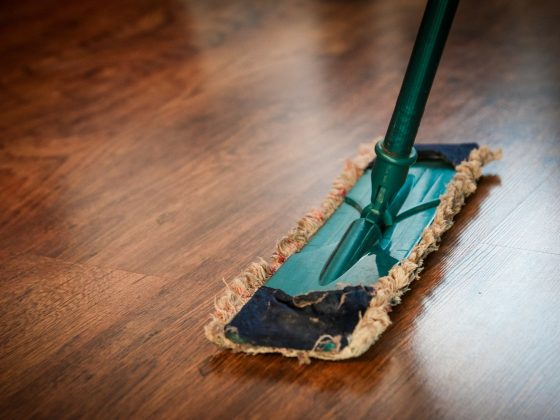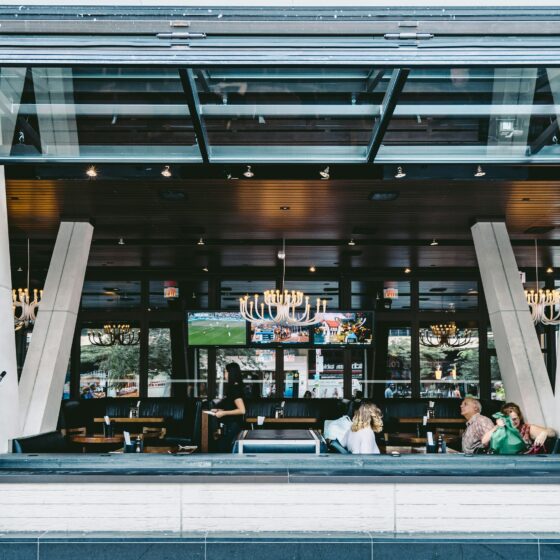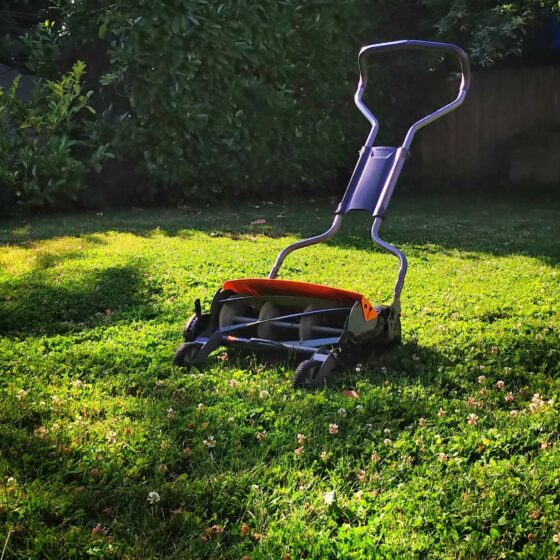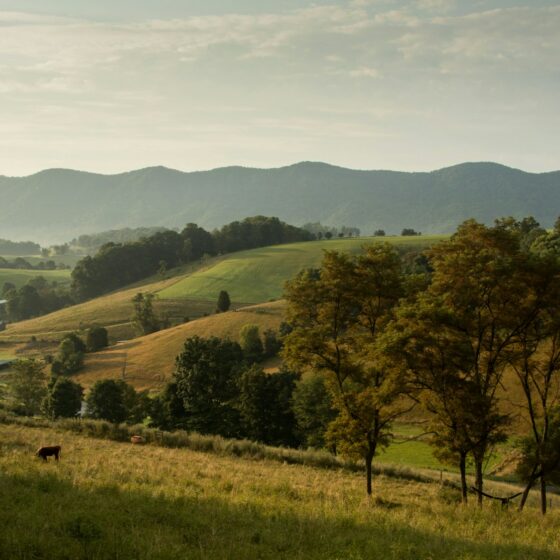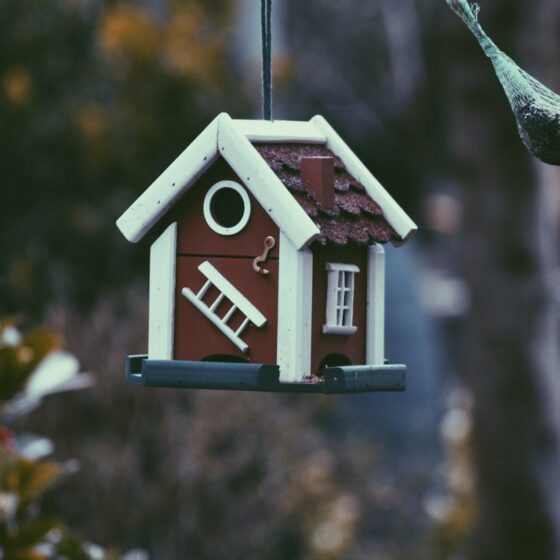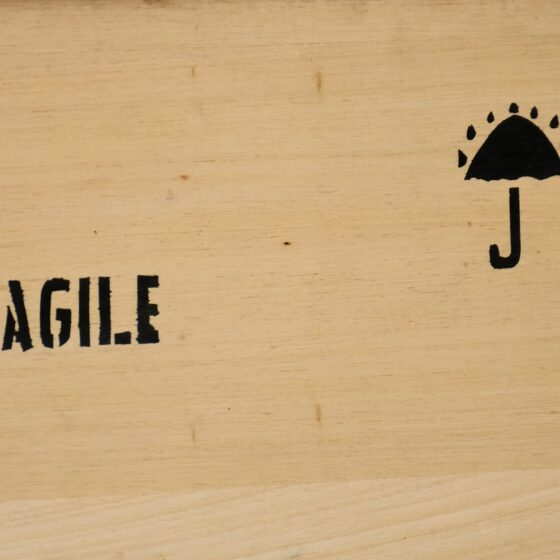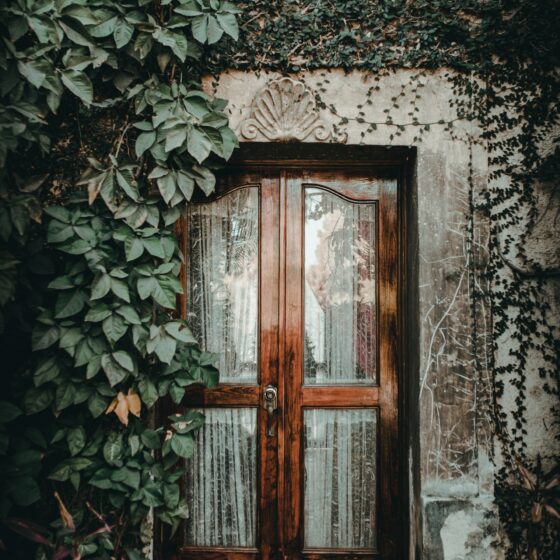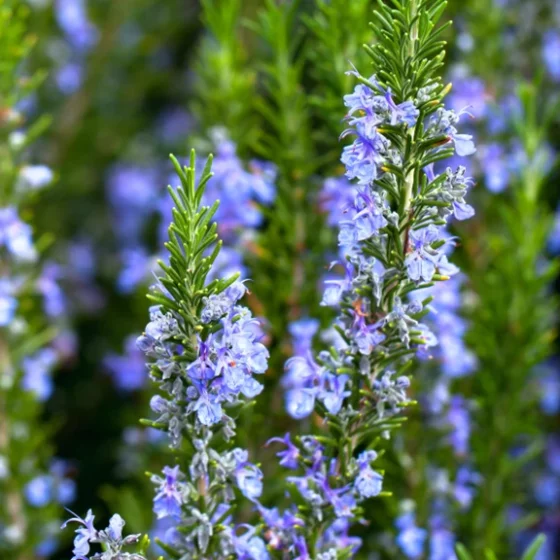If you’re thinking about painting your home or furniture, you need to decide on the right paint for the project in question. If you’ve already resolved to keep away from oil paints, we’re here to tell you everything you need to know in terms of milk paint vs chalk paint before you make your final decision.
Read on to find out the pros and cons of each type of finish!
What Is Milk Paint?
Milk paint is made from simple, 100% natural ingredients, like pigment, lime, milk protein, and clay. It’s water-based, biodegradable, and non-toxic, meaning it doesn’t let off any noxious fumes.
Because of its ingredients, it will dry in less than half an hour—which is a lot quicker than the 24 hours that oil paints require.
Uses of Milk Paint
You can use it virtually on any surface, outdoor or indoor, without the need to sand the item or apply primer first. Milk paint works well on plaster, drywall, plastic, glass, wood, and even metal. It’s an excellent choice of paint for kitchen cabinets if you’re aiming for a beach-side vibe.
Pros and Cons of Milk Paint
Here are the pros and cons that you need to consider.
Pros of Milk Paint
- Firstly, milk paint is completely natural. It has no chemicals or toxic ingredients, which is especially reassuring if you are planning on painting your little boy’s nursery or elements for your home’s playground.
- Milk paint also boasts an artistic finish, which is one of the reasons why it is so popular. Keep in mind that you may need a few coats to completely cover the item’s exterior, though. You can go about it in different ways, depending on the finish you want to achieve. For instance, if you sand in between every coat, there will be tiny streaks of different colors on the painted surface, which gives the item an iridescent touch.
- Arguably, the main difference between chalk paint and milk paint is that the latter comes in powder form. This means it’s easy to prepare (you just add water) and get that specific color that you want. It’s also quite simple to remove the paint stains from your clothes.
Cons of Milk Paint
- However easy it may be to mix it, the fact is that other paints come ready to go. Furthermore, you need to use up all the paint you mixed in one go, as it won’t last more than a couple of days in storage.
- Milk paint is not the cheapest pigment on the market. Plus, you’ll also need to add the cost of whatever you choose to seal the item you painted (wax, oil, cream, etc.) to get those general finishes to last. That said, milk paint is pretty durable, so, while it can be on the costly side, many people feel that they’re getting their money’s worth.
What Is Chalk Paint?
Like milk paint, this is a water-based dye that’s eco-friendly and easy to apply. This paint has a—you guessed it—chalky appearance that’s great for adding a vintage-inspired feel to the item of your choosing. It’s a bit thicker and smoother than milk paint, which means you’ll need fewer coats to cover the surface.
Uses of Chalk Paint
Chalk paint works wonders on wood, melamine, glass, fabric, and metal. You can use this paint for kitchen cabinets, plastic stools, office desks, or the various planters in your herb garden. The possibilities are extensive with this type of paint.
Pros and Cons of Chalk Paint
Now, let’s get down to the nitty-gritty:
Pros of Chalk Paint
- One of the main benefits associated with chalk paint is that it doesn’t require any prep work. With other paints, you will need to sand, clean, and prime most surfaces, but this is not the case with chalk paint. This is a big difference between milk paint and chalk paint.
- Chalk paint also delivers excellent coverage. It is a lot thicker than standard paint, which means you’ll only need one or two coats. This means a can of chalk paint is very cost-efficient.
Cons of Chalk Paint
- As is the case with milk paint, chalk paint costs a bit more than the likes of acrylic paint or latex paint. Plus, it will also need special tools and sealing, which will add to the overall cost.
- Chalk paint can be dry to the touch in just an hour or so. But for it to last, you need to let it cure for about 24 hours before applying wax or other top coat. In other words, it may take a while for your DIY project to be truly done.
Conclusion
There you have it—our insight into the chalk paint vs milk paint battle. We hope that this helps you decide which type of paint is right for you and your project.
FAQ
Is milk paint good for painting furniture?
Yes. You can either use it over a painted finish or it can be painted straight onto the raw wood. If you want a pristine look, though, it’s probably best to sand and prime it first. However, skip the sanding and primer if you want an aged or distressed aesthetic.
What is milk paint best for?
If you want to create a decorative finish that has a low luster and intense coloring, milk paint is probably your best bet. Milk paint is also great for creating a mottled texture, which is perfect if you’re aiming for a distressed, chippy look. Overall, this type of paint is ideal for crafters who want to give their furniture pieces a vintage vibe.
Can you paint over chalk paint with milk paint?
Yes, you can. If you can’t make up your mind on using milk paint vs chalk paint, you could simply use both and reap all the benefits. Take advantage of chalk paint’s thickness and use it as a base, then use milk paint to give it the chippy look. In this case, there’s no need for sanding—simply paint straight over it.

